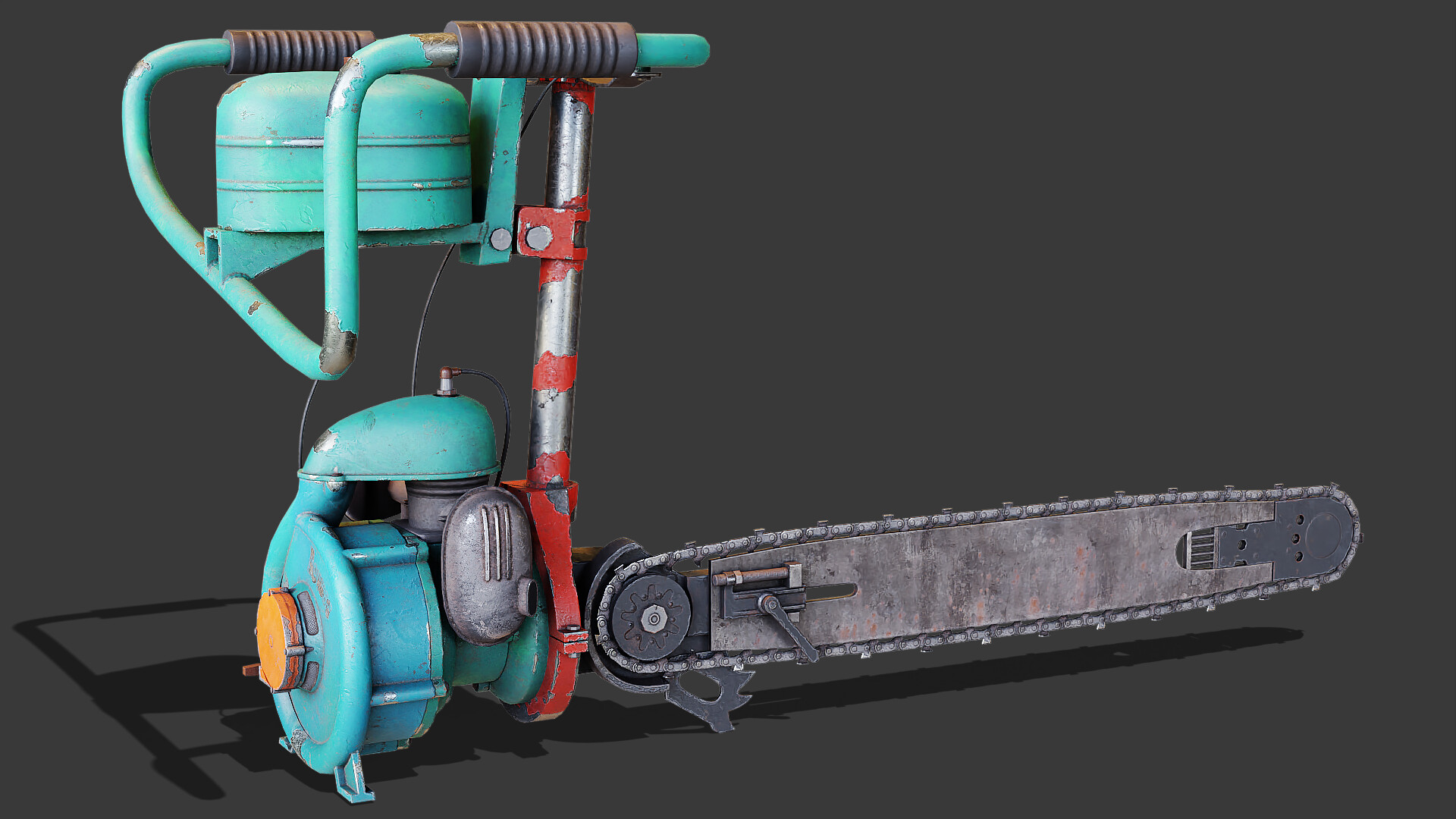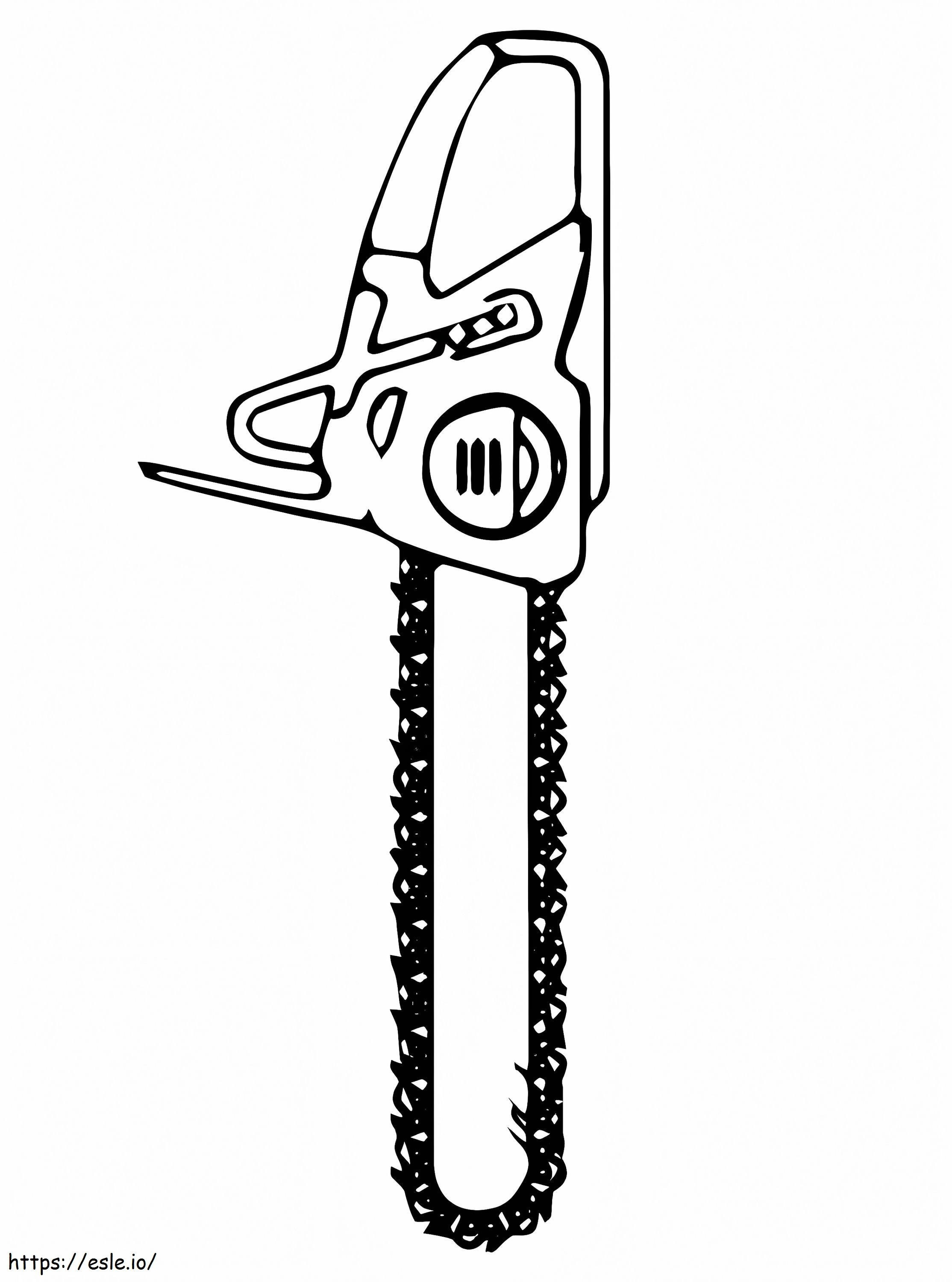Revolutionizing The 1920s Chainsaw: A Deep Dive Into Its Impact And Evolution
Back in the 1920s, the world of logging and forestry was about to get a whole lot more interesting. Enter the 1920s chainsaw, a game-changing invention that transformed the way people approached tree cutting and wood processing. Now, picture this: massive forests being tamed with a portable, gas-powered machine that could slice through timber like butter. That’s right, the 1920s chainsaw wasn’t just a tool; it was a revolution waiting to happen.
This era was all about innovation, and the chainsaw was no exception. At a time when manual labor ruled the roost, the chainsaw stepped in to offer a faster, more efficient alternative. But let’s not kid ourselves—it wasn’t all smooth sailing. The early versions of the 1920s chainsaw were bulky, heavy, and required a lot of muscle to operate. Still, they were a far cry from the axes and handsaws that had dominated the industry for centuries.
So, why does the 1920s chainsaw matter today? Well, it’s the granddaddy of the modern chainsaws we know and love. Understanding its origins, challenges, and triumphs gives us a deeper appreciation for the technology we take for granted. And hey, who doesn’t love a good story about how innovation shapes the world? Let’s dive in and explore the fascinating world of the 1920s chainsaw.
- Howie Mandel Death Debunking The Rumors And Celebrating A Legend
- Snoqualmie Pass Driving Conditions Your Ultimate Guide To Safe Winter Travel
Table of Contents
The Origin of the 1920s Chainsaw
- Unveiling The Mysteries Of October Star Sign Unlock Your Zodiac Destiny
- Desirulez Non A Deep Dive Into The World Of Online Entertainment
Impact on the Logging Industry
Long-Tail Keywords Related to the 1920s Chainsaw
Conclusion: Why the 1920s Chainsaw Still Matters
The Origin of the 1920s Chainsaw
Alright, let’s rewind to the early 1900s when the concept of a chainsaw first started taking shape. The idea of a powered cutting tool wasn’t new, but it wasn’t until the 1920s that the first portable chainsaws began to emerge. These early models were a far cry from the sleek, lightweight machines we see today. They were massive, weighing upwards of 150 pounds, and required two people to operate. Yeah, you heard that right—two people just to cut down a tree!
One of the pioneers in this field was a German inventor named Andreas Stihl. He saw the potential for a powered saw that could replace the labor-intensive hand saws used by loggers. Stihl’s first chainsaw, introduced in 1926, was electric and used in forestry operations. But hey, electricity wasn’t always available in remote logging sites, so the next step was to develop a gas-powered version. And that’s where the real magic happened.
Early Experiments and Prototypes
Before the 1920s, several inventors had dabbled with the idea of a powered saw, but none had cracked the code for portability and efficiency. In the late 1800s, a couple of American inventors patented designs for chain-driven saws, but they never gained much traction. It wasn’t until the 1920s that the technology really took off. Why? Well, the post-war economic boom and advancements in engine technology played a big role.
These early prototypes were clunky, sure, but they laid the foundation for what was to come. Loggers who got their hands on these machines quickly realized the potential for increased productivity. Sure, they might have groaned about the weight, but the speed at which they could cut through timber was unmatched.
Biography of Key Inventors
Let’s talk about the brains behind the brawn. The 1920s chainsaw wouldn’t have been possible without the ingenuity of a few key inventors. One name stands out above the rest: Andreas Stihl. This guy wasn’t just a tinkerer; he was a visionary who saw the potential for a powered saw to revolutionize the logging industry.
| Name | Birth Date | Nationality | Major Contributions |
|---|---|---|---|
| Andreas Stihl | 1893 | German | Invented the first electric chainsaw in 1926 |
| Emil Lerp | 1900 | German | Developed the first gas-powered chainsaw in 1929 |
Andreas Stihl wasn’t the only player in the game, though. Emil Lerp, another German inventor, took the chainsaw to the next level by developing the first gas-powered version in 1929. This was a game-changer because it allowed loggers to work in remote areas without the need for electrical power. These guys were the real deal, folks.
Design and Functionality
Now, let’s break down the design and functionality of the 1920s chainsaw. Picture a machine that looked more like a piece of industrial equipment than a handheld tool. These saws were built to last, with heavy-duty components that could withstand the rigors of forestry work. The chains were driven by a powerful engine, and the cutting teeth were designed to slice through wood like a hot knife through butter.
Key Features of the 1920s Chainsaw
- Heavy-duty engine: Powered by gasoline, these engines provided the necessary torque to drive the chain.
- Chain-driven cutting mechanism: The chain was equipped with sharp teeth that could cut through timber with ease.
- Two-person operation: Due to their weight, these saws required two operators to handle effectively.
While the design was impressive, it wasn’t without its flaws. The weight and bulkiness of these saws made them difficult to maneuver, and they required a lot of maintenance to keep them running smoothly. Still, they were a huge step forward from the hand saws that had dominated the industry for centuries.
Impact on the Logging Industry
The introduction of the 1920s chainsaw had a profound impact on the logging industry. For the first time, loggers could cut down trees at a fraction of the time it took with hand saws. This increase in productivity led to a boom in the timber industry, as more trees could be harvested in less time. But it wasn’t all sunshine and rainbows.
One of the biggest challenges was the environmental impact. With the ability to cut down trees faster, there was a risk of overharvesting and deforestation. Loggers had to be mindful of sustainable practices to ensure that forests could regenerate. Still, the benefits outweighed the drawbacks, and the chainsaw quickly became an indispensable tool in the logging industry.
Challenges Faced in the 1920s
As with any new technology, the 1920s chainsaw faced its fair share of challenges. One of the biggest hurdles was the weight and bulkiness of the machines. Loggers had to lug these behemoths into the forest, which wasn’t exactly an easy task. Maintenance was another issue. These saws required regular upkeep to ensure they ran smoothly, and breakdowns were not uncommon.
Safety was also a concern. The chainsaws of the 1920s didn’t have the safety features we take for granted today. Operators had to be extremely careful to avoid injury, and accidents were not unheard of. Despite these challenges, the chainsaw continued to gain popularity, and inventors worked tirelessly to improve the design.
Technological Innovations
Throughout the 1920s, several technological innovations helped improve the chainsaw. One of the biggest breakthroughs was the development of lighter materials for the saw’s components. This allowed manufacturers to reduce the weight of the machines without sacrificing durability. Another innovation was the introduction of better lubrication systems, which reduced friction and extended the life of the chains.
These advancements didn’t happen overnight. It took years of trial and error, but the results were worth it. By the end of the decade, chainsaws were becoming more efficient, safer, and easier to use. And let’s not forget the impact these innovations had on the logging industry as a whole.
Long-Tail Keywords Related to the 1920s Chainsaw
When it comes to the 1920s chainsaw, there are several long-tail keywords that can help you dive deeper into the topic. Here are a few examples:
- 1920s chainsaw history
- first chainsaw invented in the 1920s
- chainsaw evolution in the 1920s
- 1920s forestry tools
- Andreas Stihl contributions
These keywords not only help with SEO but also provide a more detailed understanding of the topic. They allow you to explore specific aspects of the 1920s chainsaw and its impact on the world.
Data and Statistics
Let’s talk numbers. According to historical records, the introduction of the 1920s chainsaw led to a 50% increase in logging productivity. This means that loggers could harvest twice as much timber in the same amount of time. And let’s not forget the economic impact. The timber industry saw a significant boost, with revenues increasing by an estimated 30% in the decade following the introduction of the chainsaw.
These statistics highlight the importance of the 1920s chainsaw in shaping the modern logging industry. They also underscore the need for sustainable practices to ensure that forests could continue to thrive.
The Future of Chainsaws
Fast forward to today, and the chainsaw has come a long way since the 1920s. Modern chainsaws are lighter, more efficient, and safer than ever before. But the legacy of the 1920s chainsaw lives on, serving as a reminder of how innovation can transform an industry. As we look to the future, advancements in technology, such as battery-powered chainsaws and smart features, promise to take the chainsaw to new heights.
Who knows what the next big innovation will be? One thing’s for sure—the chainsaw will continue to evolve, meeting the needs of a changing world while staying true to its roots.
Conclusion: Why the 1920s Chainsaw Still Matters
So, there you have it—the fascinating story of the 1920s chainsaw. From its humble beginnings as a bulky, heavy machine to its role as a game-changer in the logging industry, the chainsaw has had a lasting impact on the world. It’s a testament to human ingenuity and the power of innovation.
As we move forward, let’s not forget the lessons of the past. The 1920s chainsaw teaches us the importance of sustainable practices and the need to balance progress with responsibility. So, the next time you fire up your chainsaw, take a moment to appreciate the journey that got us here. And hey, don’t forget to leave a comment or share this article if you found it helpful. After all, sharing is caring, right?
- Kimberly Trump The Rising Star In The Spotlight
- Gg Now Roblox Your Ultimate Guide To The Hottest Gaming Phenomenon

Chainsaw Finished Projects Blender Artists Community

Chainsaw (chainsawman) on Farcaster

Chainsaw coloring page